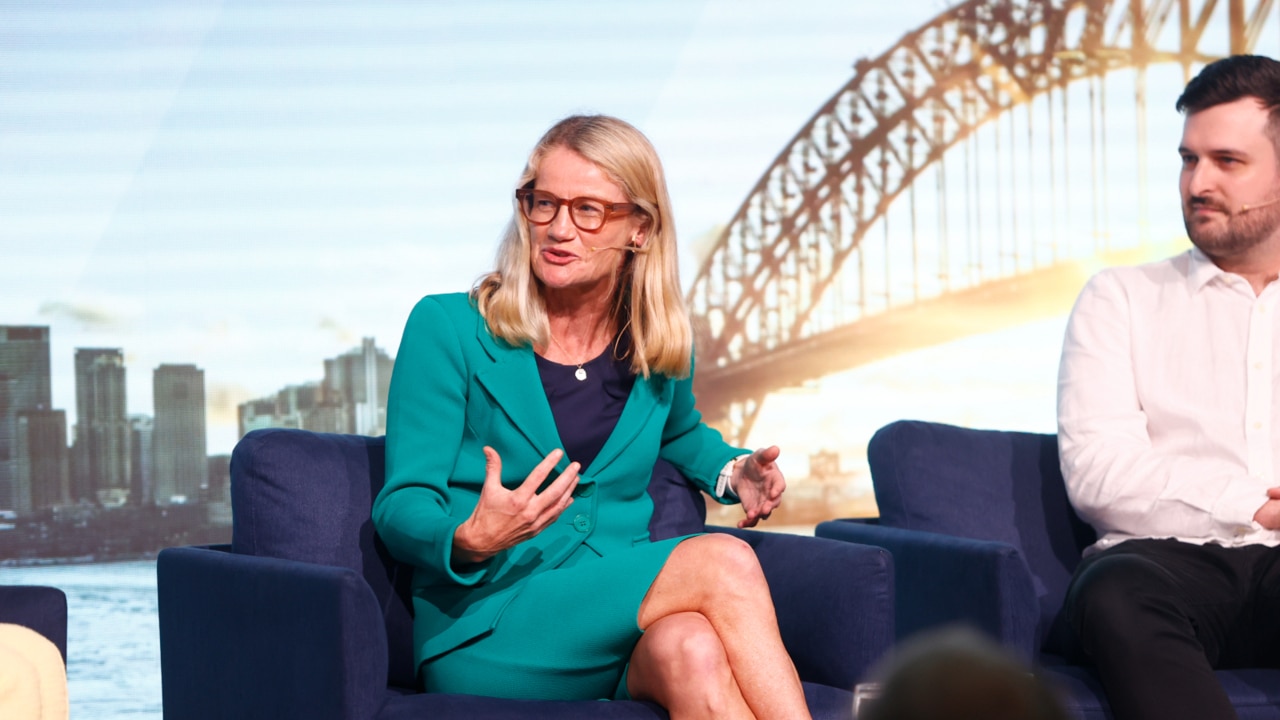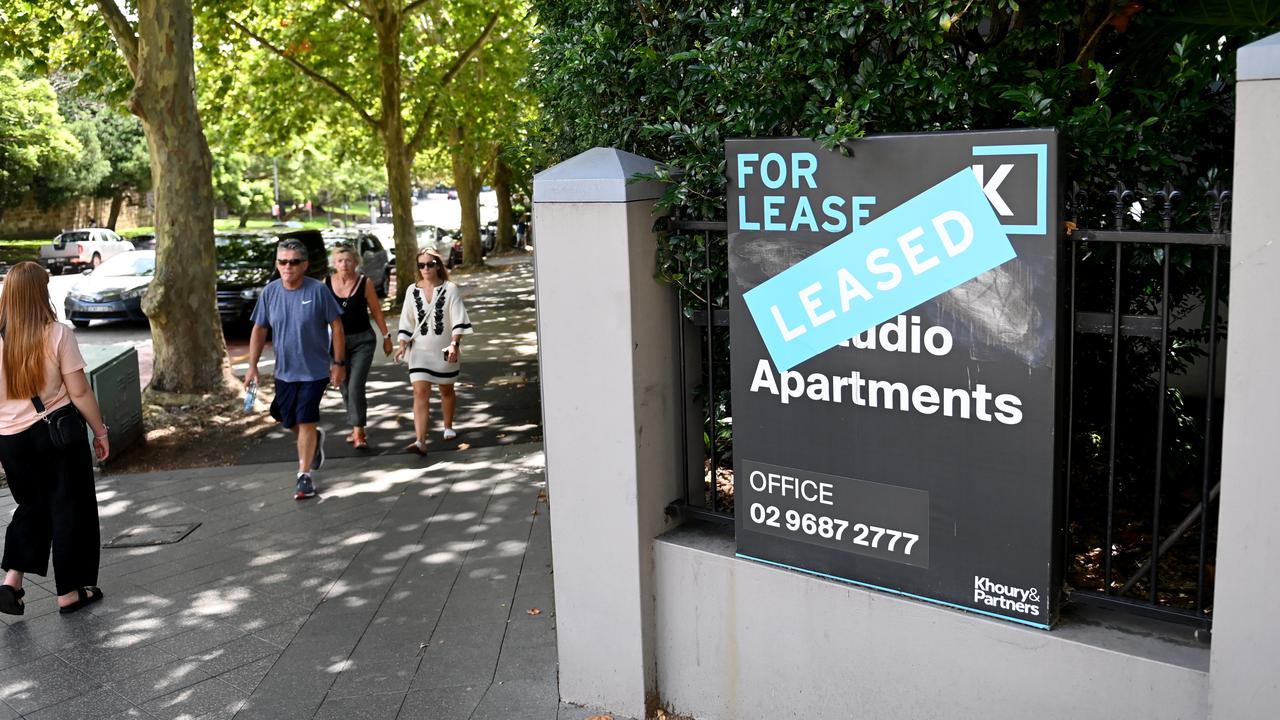Superannuation tips to play catch-up when your nest egg is small
Superannuation balances are often too small to pay for a comfortable retirement. Here’s how to fix yours, and how much you will need.

Superannuation is often Australians’ biggest asset outside their family home, but in many cases is not large enough to deliver the comfortable retirement that most people crave.
While everyone’s financial situations and future dreams are different, and it can be confusing to work out exactly what is needed, there are several ways to boost a super balance to get back on track towards financial freedom.
A recent analysis by the Association of Superannuation Funds of Australia found that many people nearing retirement do not have a big enough nest egg to deliver them a comfortable retirement income of $70,806 for a couple or $50,207 for a single.
ASFA says a single person needs a lump sum of $595,000 at age 67 to achieve this income through a mix of their own funds and Centrelink’s age pension. However, median super balances for today’s 65-year-olds are $215,000 for men and $191,000 for women.
ASFA also calculated the current balance needed based on your current age and wage to achieve retirement comfort, and found that many younger workers are already on track thanks to the rise of compulsory employer super contributions towards 12 per cent by mid-2025.
Financial specialists say ASFA’s Retirement Standard calculations can be a good tool and guide, but every person should work out their own target, track their progress, and realise that generous tax breaks and age pension payments mean they may not need as much as they think.
STEP ONE
JBS Financial Strategists CEO Jenny Brown said the first step was to understand your own spending habits, through a budget or by examining expenses, to work out how much annual income you would want if retiring tomorrow.
“That’s the starting point, and once you know that you can work backwards,” she said.
Longer lifespans today mean many people can expect to live into their nineties, although spending typically reduces after the late-70s as many seniors become less mobile. Centrelink pension payments can also come into play when a person’s assets and income start to fall.
“There are a lot of calculators on ASIC’s MoneySmart website that can help you reverse engineer it,” Ms Brown said.
“As a rule of thumb, I divide the annual amount by 7 per cent to get a ballpark figure,” she said.
“Then you know what that magical number needs to be. It will depend on your personal financial situation.”
For example, if you want to retire on a relatively luxurious income of $120,000, divide that by 7 per cent to get a lump sum of $1.71 million.
Remember that retirement doesn’t all have to come from superannuation, although the zero tax rate on super pensions’ income, capital gains and withdrawals for people aged over 60 makes it hard to beat.
“You can put money into a blue-chip portfolio outside of super,” Ms Brown said.
“The downside of that is when you sell it there is more tax potentially to be paid,” she said.
Property investors can grow a real estate portfolio and then sell a property or two near retirement to shift money into the low-tax then zero-tax environment.
“Seeking advice is always good,” Ms Brown said.
“We can plug the figures into an appropriate calculator that takes Centrelink into consideration.
“There’s nothing wrong with qualifying for a couple of dollars of pension because you get a lot of benefits. It does come down to what you want to live on and how much you have got.”
PRACTICAL TIPS
Before examining super’s tax benefits and strategies, there is aa simple way pump in more money.
“Spend less than you earn,” Ms Brown said.
Then comes the top tip from almost all advisers: “maximise concessional contributions so you can claim a tax deduction for them”.
Australians are allowed to put $27,500 a year each into their super and claim a tax deduction for it. These are known as concessional contributions and include employer contributions and salary sacrifice. Your money is taxed at just 15 per cent going into the fund, rather than up to 47 per cent if taken as wages, so the potential tax benefits are huge.
Rule changes in recent years have given people the ability to carry forward extra concessional contributions from the unused portion of previous financial years’ $27,500 concessional cap, as long as their balance is below $500,000. This means clever tax planning can potentially reduce or remove capital gains tax on the sale of an investment simply by funnelling more money into super.
Tribeca Financial CEO Ryan Watson said the best government superannuation incentive “hands down” was the ability to make tax-deductible contributions into super, “closely followed by our ability to make catch-up superannuation contributions”.
He said other ways to give super a boost included:
• Ensuring fees paid to your super fund for administration and investment were below 0.5 per cent of your balance each year.
• Reviewing your investments, because poor performers could wipe tens of thousands of dollars off your final balance.
• Maximising your ability to make deductible contributions and catch-up contributions.
• Reviewing your need for life and total and permanent disability insurance within super in the final decade before retirement.
“Premiums have become very expensive for anyone over 50 years old these days, so potentially decreasing or cancelling your insurance cover if it’s no longer needed can help maintain your investment balance,” he said.
Mr Watson said most people became focused on or concerned about their super as they reached their 50s and 60s.
“As a general rule, the Australian population has a relatively low rate of financial literacy, particularly when it comes to superannuation,” he said.
“Couple this with the fact that what one family needs to live on in retirement in terms of cashflow can be completely different from the next family. It all comes down to the lifestyle they choose to live in retirement.”
THE SQUIRREL EFFECT
Marinis Financial Group managing director Theo Marinis said the traditional idea of needing $1 million to retire comfortably was not true.
“You don’t need a million bucks to live like somebody with a million bucks,” Mr Marinis said. About $400,000 in super could be combined with Centrelink benefits to deliver a similar retirement income, he said.
A homeowner couple with $450,000 of assets can still get a full pension worth almost $830 a week, according to Centrelink.
But Australians still worry that their super won’t last.
“I call it the squirrel effect,” Mr Marinis said.
“However much money you have, you worry that it won’t be enough.”
Mr Marinis said even wealthy clients worried about running out of money, but the issue for many retirees today was not outliving their savings but dying with excess money left over.
“Don’t just focus on the amount of money you have got. Over time you get more money from Centrelink as your balance runs down,” he said.
Mr Marinis said catch-up contributions were great for people who could afford them and had under $500,000 in super.
“Use it as a personal contribution, reduce your personal tax liability, and throw a large amount into super,” he said.
“If you have assets outside super, you could realise those gradually and throw the money into the low-tax super environment.”
Each member of a couple can contribute $110,000 a year of non-concessional contributions, made with after tax money such as asset sale proceeds, up until age 75.
“Keep building assets outside super so when the time comes you can do it,” Mr Marinis said.
ASK BIG QUESTIONS
Aware Super recently noticed a 50 per cent jump in online searches for “retirement planning” and its head of advice, Peter Hogg, said “more and more people are wanting to do something”.
Mr Hogg said ASFA’s Retirement Standard was a good engagement tool but “everyone is different”.
“It’s such a personal thing. When are they looking to retire? How much income might they need?” he said.
Aware Super and other superannuations funds, government websites such as MoneySmart and financial advice groups also have retirement planning tools and calculators to help people check and project their retirement savings.

Compulsory super only came into effect in the early 1990s, and at 3 per cent of wages, so many older workers do not have the current balances that their children are likely to enjoy.
“If you haven’t been in the system the whole time, it is a bit harder,” Mr Hogg said.
He said people aged under 55 should start asking what retirement might look like for them.
“Understanding how they might want to live life in retirement – and what their goals are – will help them start a super strategy for retirement,” he said.
“Simple steps like engaging with their super fund, consolidating accounts and making extra contributions could make a considerable difference.”
EXTRA INCENTIVES
Mr Hogg said salary sacrifice was often the most powerful super-boosting tool as it could happen automatically with each pay.
“Take the opportunity to contribute directly through your payroll department pre-tax,” he said.
The government’s co-contribution scheme pays $500 into the super fund of people earning below $43,445 who put $1000 of after-tax money into their super, while people earning up to $58,445 get some co-contribution.
“If you are at a lower income level, or your spouse is, co-contributions are a good way for the government to top up your contributions,” Mr Hogg said.
“With that $500 you get a 50 per cent return on your money, which is good,” he said.
People with a low-income spouse on less than $40,000 can qualify for a $540 tax offset each year by putting $3000 into their partner’s super fund.






To join the conversation, please log in. Don't have an account? Register
Join the conversation, you are commenting as Logout